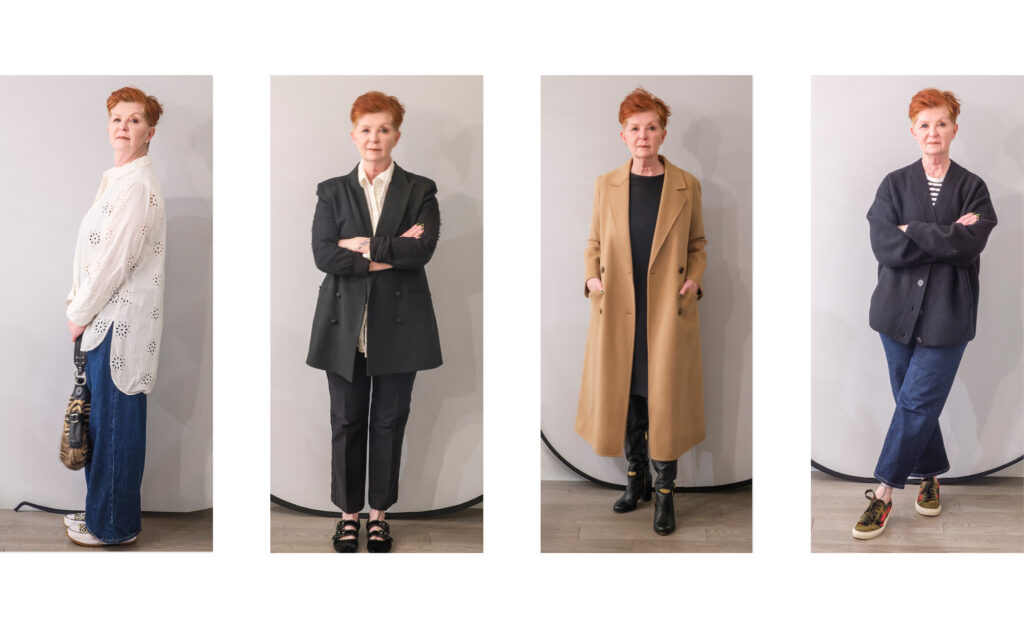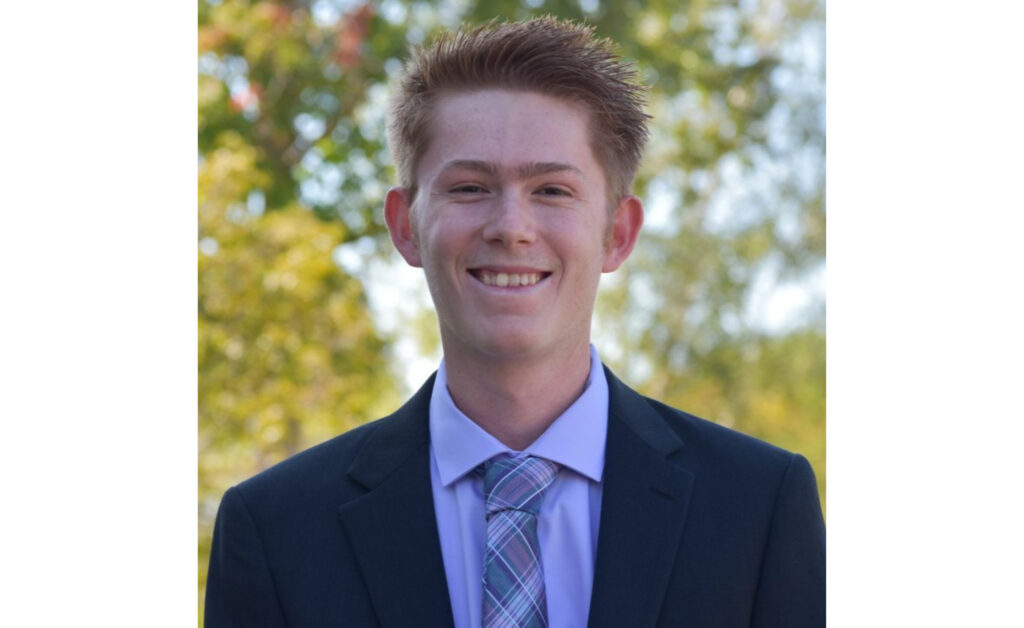– by Barry Mathias –
Can you imagine a science lesson where a class of young children is totally absorbed with the subject, rocking with laughter and shrieking with delight? This is the normal reaction to Glenn Kachmar’s approach to science: “One of my goals is to motivate kids,” he says. “I want children to be scientifically literate.”
My own memories of early science lessons were to watch, over many weeks, as frogspawn slowly became a tadpole and then a frog. I never knew what happened to the frog? Laughter only happened when the teacher dozed off to sleep.
With Glenn’s lessons there are never any dull moments. “My aim is to engage the children, and allow them to experience new things.” In his younger days he would often be seen cycling along the road with a hula hoop, a wide plastic blow-up pool and an array of bubble liquids. With these simple items he would attend birthday parties and create large bubbles that enclosed the children – all keen volunteers. From these modest beginnings Glenn has developed a lively interactive approach to science, which on one occasion was taken up by a film student who was doing an assignment at Camosun.
“I was studying for an education degree at the University of Victoria,” he explains, “and I worked for a Brentwood firm, the East Bay Science and Nature Company.” Glenn put on workshops for children to try hands-on science while visiting the store. He realized that interactive simple science “experiments” had huge entertainment value, and he found himself much in demand at parties. At that time, party surprises were limited to hiring a clown, who often frightened small children. So, Glenn became very popular and was often doing four shows in a weekend. “Since 1990, I must have done literally thousands of shows and workshops at parties and in the classroom.”
His website, www.somethingincredible.ca, shows excerpts from his amazing science shows, which include safe “experiments” under four main headings: Electricity, Whiz-Bang, Dry Ice and Bubbles. “I bought myself a Van de Graff generator,” Glenn explains. This is a globe that, when a person places their hand on the top, it causes their hair to stand on end. “Only in dry conditions,” Glenn adds. In his lively lessons, children experience things that cause wonder and laughter: the colours revealed in ultraviolet light, small explosions, strange “stuff” emerging from glass vessels – almost magical. “I encourage children to ask questions, such as what happens when two bubbles touch each other? The result is not predictable: sometimes they form one big bubble.”
“My strength is that I’m not an expert,” Glenn says. “My degree is in education, not science; I don’t use complicated ideas or language.” Recently, he and his class constructed a detailed Rube Goldberg Device, where one action leads to another: a marble knocks down a row of dominoes, which releases a spring etc. Watch it on his website! Recently, Aaron Bannister, an astrophysics student, has been helping at his presentations.
Glenn is writing a book: Science With Young Children. It is packed with photographs of his work: “I asked permission of the parents, and used some of the children’s photographs as well,” he says. It is sure to be a “must buy” for the parents of young children.




